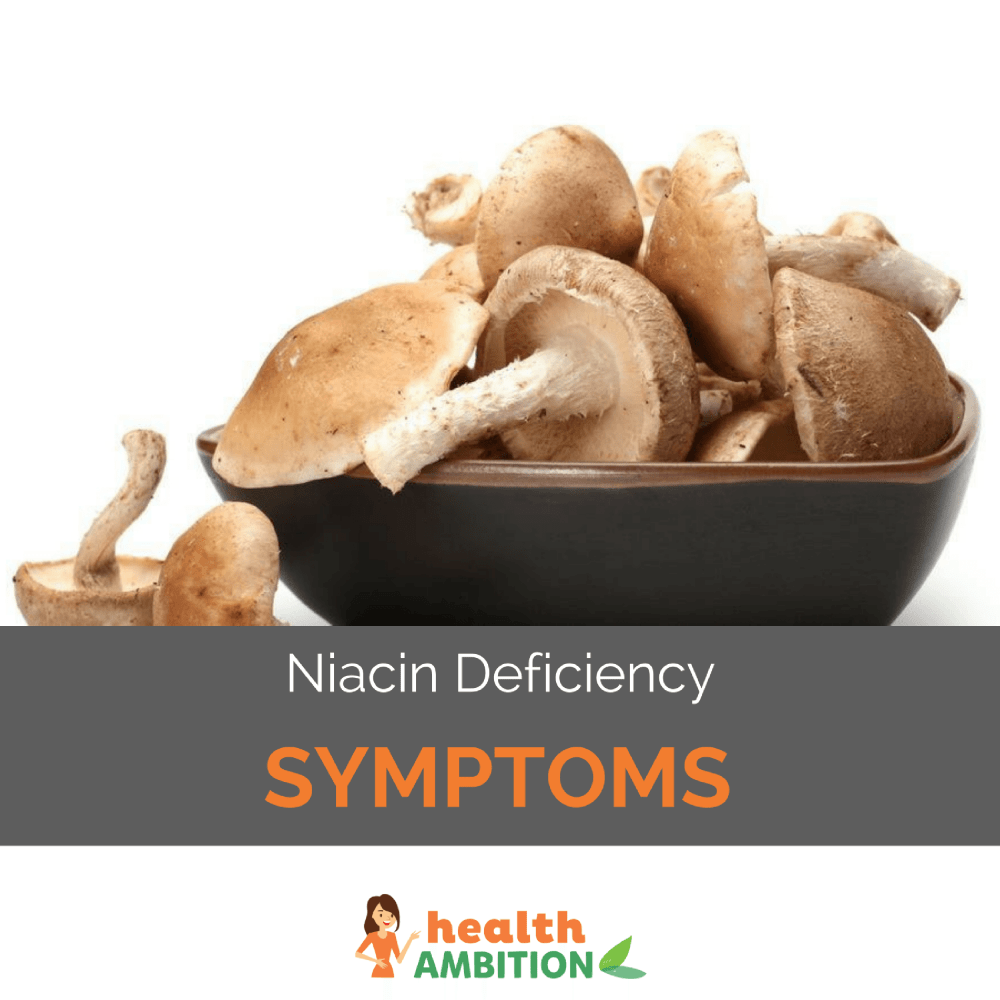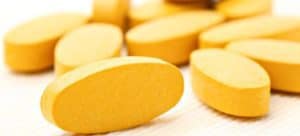
Niacin, also known as vitamin B3 and nicotinic acid, is an essential water-soluble vitamin that is needed for more than 50 different important metabolic processes.
Vitamin B3 works with other B vitamins and nutrients to create energy in your body and good levels are necessary for a well functioning digestive system, proper circulation, normal blood sugar levels, hormone production, fat metabolism, gene expression, detoxification and to maintain healthy skin cells.

While chronic niacin deficiency is still considered by government health agencies to be rare, even a mild deficiency in vitamin B3 can have a negative impact on your health.
There are also certain conditions that can increase your need for more dietary niacin and the best food sources of vitamin B3 are coming up ahead.
Symptoms of Niacin Deficiency
A mild deficiency in niacin can be caused by digestive problems that decrease the amount of vitamin B3 and/or tryptophan (an amino acid that may be converted to niacin) that your body absorbs.
 People with gluten intolerances are particularly at risk of being vitamin B3 deficient, but other intestinal problems like IBS and Crohn’s disease also increase the chances of a deficiency.
People with gluten intolerances are particularly at risk of being vitamin B3 deficient, but other intestinal problems like IBS and Crohn’s disease also increase the chances of a deficiency.
Excessive alcohol consumption, birth control pills and certain medications can also increase the chance of a low level niacin deficiency.
Additionally, people with poor appetite and those on a vegan diet need to be sure to get enough niacin rich foods in their meals to avoid a lack of vitamin B3.

The symptoms of a mild niacin deficiency are known to include weakness and fatigue, irritability, insomnia, slower metabolism and a decreased tolerance to the cold.
Some experts also believe lack of niacin and other B vitamins in a processed food diet is at least partially responsible for the large increase in mental health disorders and violent crimes in recent decades.
Chronic niacin deficiency is known as pellagra and it is commonly characterized by the so-called four D’s – dermatitis (photosensitive and severe), diarrhea, dementia and eventually death. Other symptoms of pellagra include gastrointestinal problems, thickening and hyper-pigmentation of the skin, mouth and particularly tongue inflammation, memory loss, depression, delirium, paranoia and dementia.
Chronic malnutrition and alcoholism are the most common causes of pellagra in Western societies so it tends to affect those living in poverty, the homeless and alcoholics the most.

Though metabolic disorders, chemotherapy treatment and living with HIV can all greatly increase the chances of developing pellagra. While pellagra is a life-threatening deficiency disorder, as discussed above, even being mildly deficient in niacin can have serious health consequences.
It’s well worth making sure your diet has enough niacin rich foods for overall physical and mental health.
Here’s a video showing what are the benefits of vitamin B3.
Food Sources of Niacin
Some of the best dietary niacin sources include crimini and shiitake mushrooms, Brewer’s yeast, chicken (preferably free range), seafood like salmon, halibut and tuna (consider taking chlorella at the same time for mercury), grass fed beef, turkey, beets, asparagus, peanuts and green peas.

A wide variety of vegetables also contain smaller amounts of B3 and other important B vitamins to help prevent vitamin B deficiencies with your meals.
For snacking, organic sunflower seeds are a good source of niacin and are rich in other B vitamins like thiamin, riboflavin, B6 and folate as well.
The current recommended daily intake of niacin is 16 mg for adult males and 14 mg for adult females daily. The recommended upper limit is 35 mg per day. If you are eating a variety of the vitamin B3 rich foods listed above you probably don’t need more niacin.
 However, if you do think you could use extra due to diet or some of the risk factors listed above, this special no flush niacin avoids the tingling and flushing associated with old nicotinic acid supplements.
However, if you do think you could use extra due to diet or some of the risk factors listed above, this special no flush niacin avoids the tingling and flushing associated with old nicotinic acid supplements.
Remember though, if you do suspect niacin deficiency symptoms it’s worth seeing a knowledgeable health care professional and getting tested. A lack of vitamin B3 is serious and needs to be treated properly.
Leave a comment